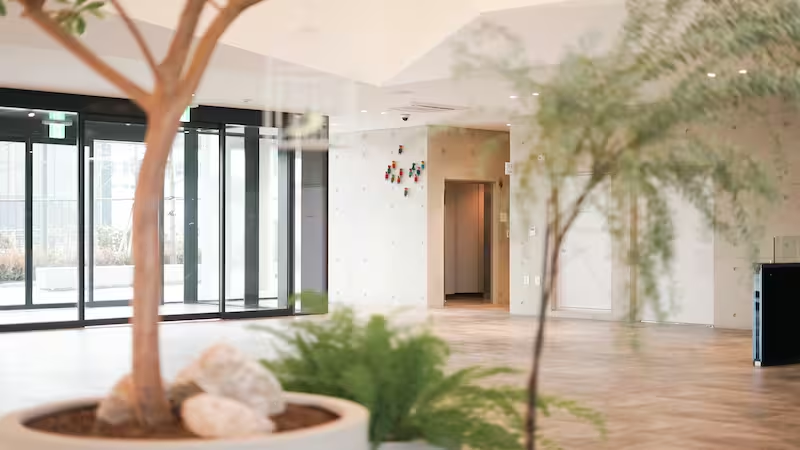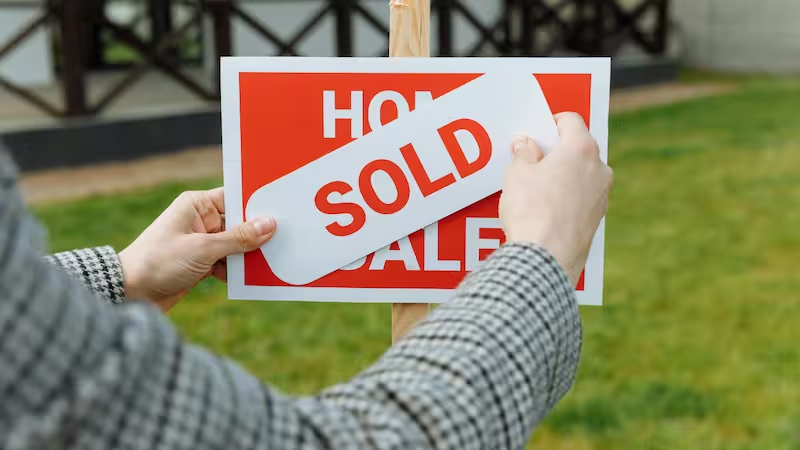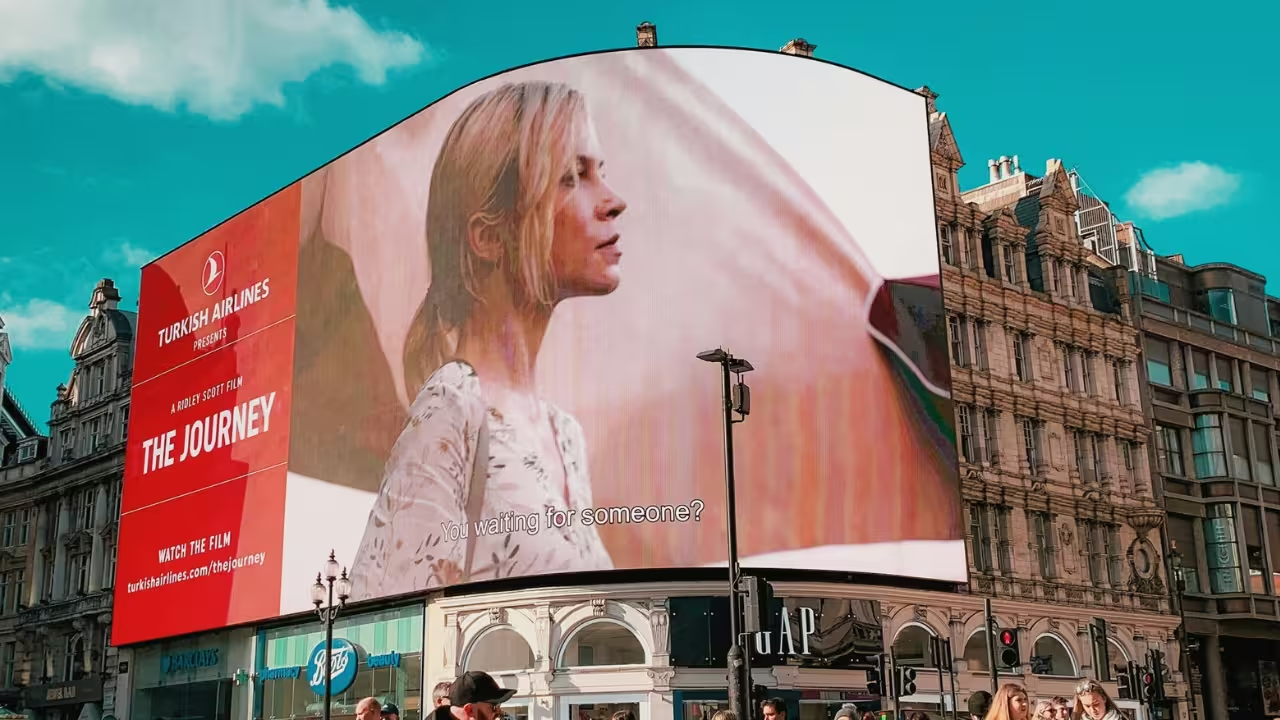
Table of Content
Pause at a red light and look around. Between the ping of a notification and the next song on your playlist, there’s something else vying for your attention: a billboard. You can’t swipe past it. You can’t click “skip ad.” In an age where our thumbs have learned to flick away anything unwanted, billboards demand – and earn – a second look.
That stubbornly analog moment is even more relevant today. The average person wades through 10,000 online ads daily, most of which blur into the white noise of our feeds.
Billboards cut through because they’re tactile and unmissable, yet they’ve evolved with the times. Modern out‑of‑home advertising is a network of LED screens, data connections, and dynamic creatives that change as fast as your news feed.
The U.S. out‑of‑home industry recently posted its best year ever, generating more than $9 billion in revenue, with Digital OOH accounting for roughly 34 % of U.S. OOH spend and growing at 7.5 % annually. For marketing managers and business owners, digital billboards are the competitive edge you’ve been looking for.
What Is Billboard Advertising Today?
There was a time when launching a billboard campaign meant printing your message, installing it, and hoping for impact. You couldn’t change it. You couldn’t test variations. You simply waited to see if awareness turned into action.
Static billboards are still widely used but remain unchanged until physically replaced. They're best for reinforcing brand awareness with consistent messaging over extended periods.
Digital billboards share the same large format as their static predecessors but swap printed vinyl for LED panels connected to a content management system. This technology allows you to update your message at any time, rotate multiple creatives in one slot and incorporate moving content.
Smart screens pull in live data or enable interaction through motion sensors or touch. The result is a dynamic medium that can match the pace of your marketing strategy without the physical limitations of paper.

Billboard Advertising by the Numbers: Effectiveness & ROI
Here are some billboard advertising effectiveness statistics that will (and should) prompt you to add DOOH to your next campaign proposal.
Cost Efficiency and ROI
Billboard advertising is still one of the most cost-effective options for reaching large audiences.
According to OAAA data, OOH advertising has the lowest cost per thousand impressions (CPM) among major media, between US $2 and $7.
For every dollar spent, billboard campaigns typically return around $6, with an overall ROI across the industry nearing 500%. Traditional formats see about 40% ROI, slightly ahead of digital at 38%.
Audience engagement and recall
Digital formats capture 30% more attention than static billboards and can increase viewer engagement by approximately 20%, contributing to stronger recall performance (Mediafinch).
Importantly, emotional content drives 23% higher conversion intent. Your digital billboard needs to make people feel something, humor, surprise, urgency, not just list product features.
And despite what you might think about younger audiences tuning out traditional advertising, 48% of Gen Z and millennials actually recommend products they've seen on billboards. They haven't abandoned out-of-home, they're just selective about what grabs their attention.
Action Rates from DOOH (OOOA):
76% of DOOH viewers took some form of action after seeing a digital out-of-home ad.
Actions include:
- Watching video programming (38%)
- Restaurant visits (36%)
- In-store purchases (30%)
- Word-of-mouth sharing (29%)
- Visiting stores (29%)
- Mobile interactions (74%
ROI and Effectiveness (OOOA Report)
Digital out-of-home consistently delivers stronger performance throughout the marketing funnel, particularly in:
- Brand perception uplift
- Consumer activation
- Social media influence (52% said OOH + social elements make them more likely to interact with brands online)
Influencer Integration:
- 47% recall seeing influencer content in OOH ads.
- 67% of consumers say they would take action after seeing a product endorsed by an influencer on an OOH ad.
Growth trends
- Industry revenue: U.S. OOH advertising brought in $9.1 billion in 2024. Globally, the sector(including digital)is expected to reach $50.52 billion in 2025. Digital now accounts for 34% of U.S. OOH spend and continues to grow at 7.5% annually.
- Budget intent: 16 % plan to increase their OOH budgets by over 50 %, up from 13 % in 2024. Marketers cited the ability to pair OOH with digital channels and the difficulty of standing out online as reasons for shifting spend. (Nielsen)
- Operational insights: 44% of marketers want a balanced mix of digital and traditional advertising. They're realizing billboards and online ads work better together. OOH fills gaps that social media and search ads can't (Nielsen).
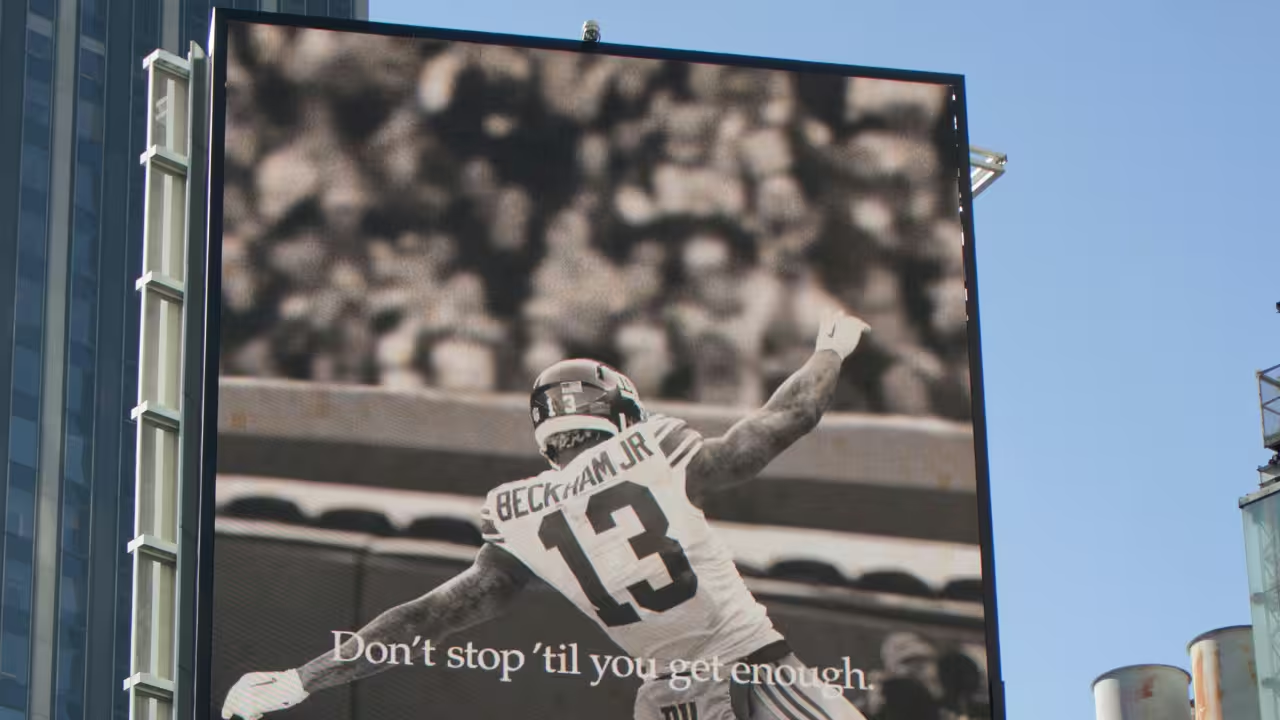
Who Should Invest in Billboard Ads?
Local Businesses and Franchises
Directional messaging works incredibly well. "Exit 27 for Maria's Tacos" or "Turn right in 500 feet" drives immediate action. Burger King proved this with their Whopper Detour campaign. They geofenced McDonald's locations and offered Whoppers for a penny if you ordered via the BK app, and blasted the message on billboards. Result? 1.5M app installs within nine days, 500,000 million Whoppers claimed, and in-store traffic rose by 54%.The digital billboard impressions jumped 327 %.
Franchise chains love OOH advertising because you can run the same look across dozens of locations and just tweak the directional copy. And for service businesses, city‑targeted boards lead to higher brand recognition, more account sign‑ups and more mobile engagement. If you need brand awareness fast, OOH is your friend.
Real Estate, Events, and Tourism
These categories benefit from billboard's visual impact and ability to create urgency. Property developers can show availability in real-time on digital boards. Event organizers use countdown timers to build anticipation. Tourism boards showcase destinations with compelling visuals that make people want to book trips.
Enterprise Brands
Large companies typically turn to billboards to boost visibility and stay top of mind at the awareness stage. For automotive, retail, and consumer goods advertisers, even small increases in billboard spending generate measurable sales increases across the entire customer journey.
The reality is that billboards work because they reach people in the physical world, where digital fatigue doesn't exist. When your online ads are getting lost in the feed, billboards still cut through, if you use them right.
Digital Billboard Advertising: The Smart Upgrade
Dynamic scheduling, dayparting, geotargeting
You can change creative not just remotely, but strategically. A fast-casual chain might promote coffee during the morning rush, lunch specials from noon to two, and dessert deals by evening, all on the same screen, in the same location.
Dayparting works even better when paired with geotargeting—targeting based on location. An ad running near a university campus can display student discounts, while the same campaign a few miles away might focus on delivery to office parks. Add in behavioral data (like commuter patterns or footfall trends), and DOOH becomes even more precise.
Proving performance: impressions, engagement, conversions
What’s the ROI of a billboard? Until recently, the answer was somewhere between “we think a lot of people saw it” and “check back after the campaign.” Today, digital boards make performance more measurable and more meaningful.
Instead of guessing, marketers can now track:
- Impressions using screen-level traffic data and mobile GPS signals.
- Engagement through QR codes, short links, and NFC technology that connect users directly to digital experiences.
- Conversions by pairing exposure zones with location analytics (e.g., store visits) or monitoring behaviors like app downloads or purchases post-view.
Some brands go further by running brand lift studies to see if people remember what they saw and whether it changed how they feel about the product. Others set up test-and-control markets to isolate the true impact of the billboard from other campaign elements.
The result is trackable lifts, better media planning, and a clearer picture of what’s driving results.
Contextual relevance: weather, traffic, and live data
What if your billboard could read the room? With real-time data integration, it can.
DOOH campaigns today can pull in live weather feeds, traffic alerts, sports scores, and more to adjust messaging on the fly. It’s why you might see a hot coffee ad when the temperature drops, or running shoes promoted after a fitness app challenge ends nearby.
Brands such as McDonald’s, The North Face, and Netflix have leaned into this. They’ve triggered creative based on weather shifts, countdowns to a premiere, or even local foot traffic spikes.
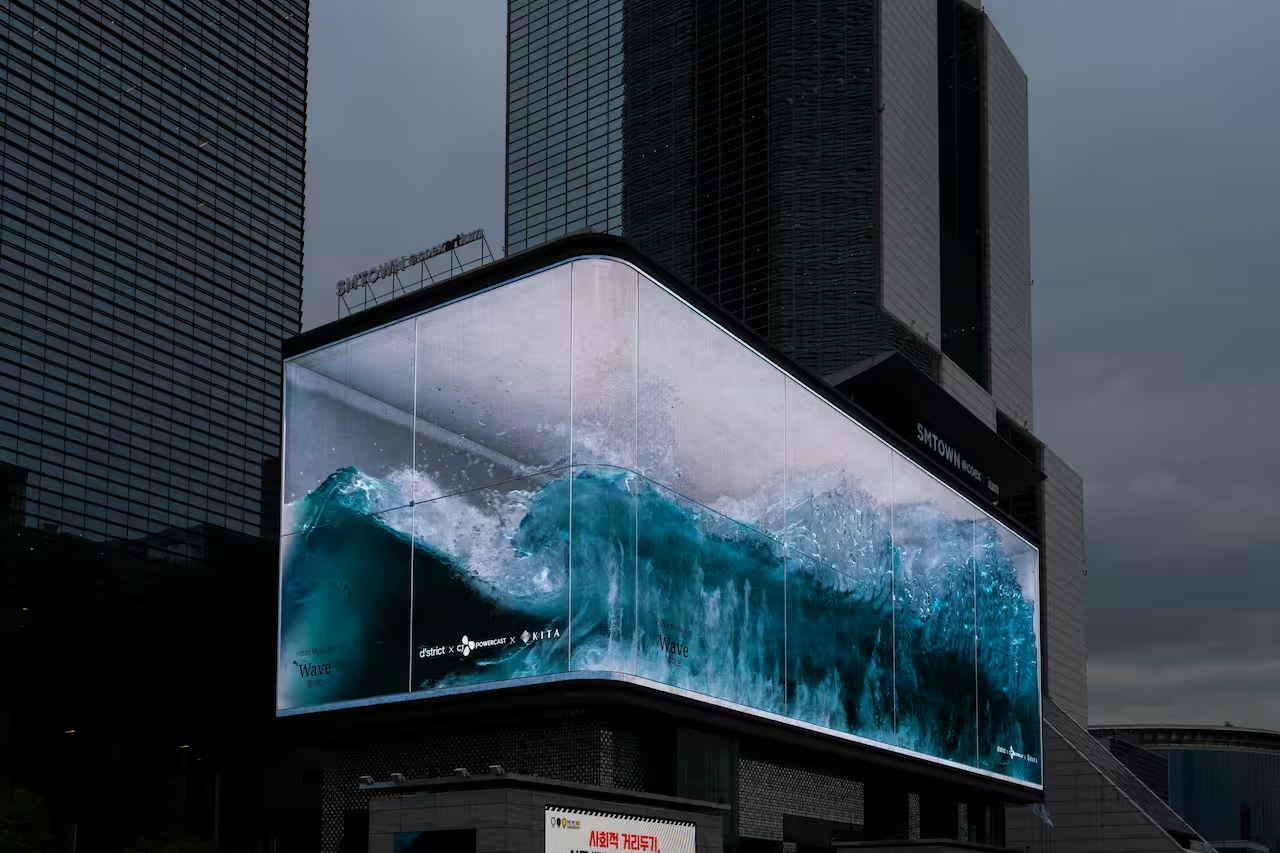
Creative Campaigns That Moved the Needle
These billboard advertising examples have been categorized into three formats:
Static standouts
McDonald’s directional boards – McDonald’s famously ran a series of billboards that turned directional signage into advertising. The boards featured only the golden arches with a simple instruction such as “On your right in 500 ft” or “Exit here for McDonald’s.” Eye‑tracking research supports why this works: longer gaze times on digital boards mean your brain processes that arrow quickly.
The Economist's Light Bulb Billboard: A giant 3D light bulb that lit up in response to people walking beneath it using motion sensors. Perfect alignment between the creative concept (light bulb moment) and the brand positioning (intellectual magazine). The interactive element made it social media-worthy without trying too hard.
Digital billboard success stories
Spotify "Wrapped" 2024 – Spotify brought their yearly social media campaign to life on digital billboards in major cities. Boards showed humorous user insights like "You played your breakup playlist 48 times in February" and highlighted top regional artists. The campaign turned billboard content into shareable social media posts.
Verizon AR mural – In Miami, Verizon partnered with artist Tristan Eaton to create an AR‑enabled mural. People could scan the mural with their phones and unlock animations. The campaign racked up 657,300 plays, 670,800 views, over 1,000 social posts, and a peak of 4,000 plays in a day. It proved AR on a billboard can drive real engagement.
Interactive campaigns
“Trivia Moments” by NYC Landmarks60 Alliance + OUTFRONT Media – Installed across subway entryways and station screens in New York City, this interactive trivia campaign invited commuters to scan a QR code and answer a daily quiz about local landmarks. Leaderboards showed on-site, and winners earned weekly transit passes.
Babybel Peelable 3D Billboard (Manchester & London) – Babybel’s 3D peel-and-reveal DOOH activation in Manchester and London used oversized wax cheese imagery that appeared to peel off the billboard. The tactile illusion grabbed the attention, blended 3D content with real-world environments, and became widely shared on social media.
Look Digital Signage: Ideal Tool for Digital Billboard Campaigns
No matter how brilliant your creativity is, running a network of digital billboards requires the right infrastructure. Look Digital Signage (Look DS) is one platform designed to make that easy. Here’s what it offers:
- Cloud control: Create new content, arrange it into playlists, and send it to screens across your entire network. All you need is a browser and an internet connection.
- Dynamic ad rotation: Use smart scheduling to pre-set playlists based on time of day, day of the week, or even custom campaign windows. Run different creatives during lunch rush vs. evening traffic, rotate ads to avoid viewer fatigue, and keep content fresh without manual switching.
- Integration with CMS, real-time data: Automate updates by connecting your existing tools: Hubspot, Google Sheets, POS to Look via API or Zapier. Use built-in widgets to pull in weather, RSS, or social feeds.
- Easy scheduling for multi-location rollouts: Look gives you full control over when and where each message plays across all locations. Schedule region-specific content, assign playlists to screen groups, and deploy campaigns across your network from a single dashboard.
Explore all these capabilities on the Look CMS Features page.
Billboards Still Deliver, Especially When They're Smart
Billboards aren't going anywhere because they effectively reach people in the real world, where digital channels are oversaturated. The smart money is on digital boards that respond to context, engage audiences, and integrate with mobile campaigns. Static boards still work for simple brand awareness, but digital gives you the flexibility to test, optimize, and actually measure what's working.
As you plan your next campaign, remember to:
- Invest in data‑driven targeting and dynamic creative to make your billboard spend work harder.
- Choose a technology partner that provides remote control, scheduling flexibility, interactivity and reliable support.




.avif)
